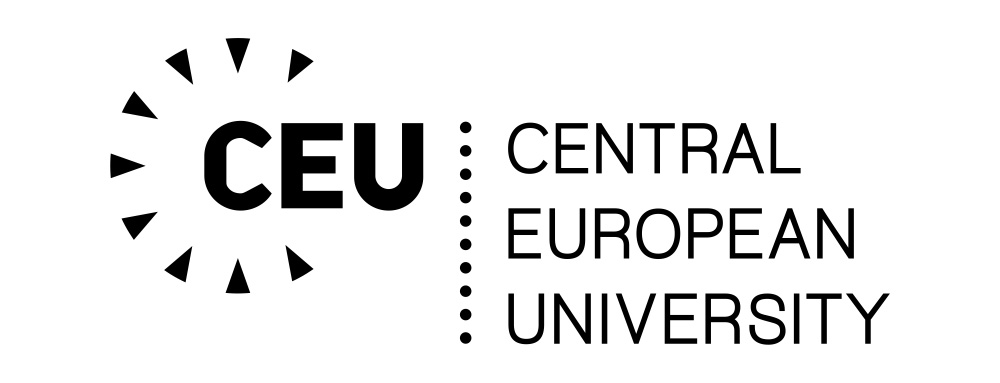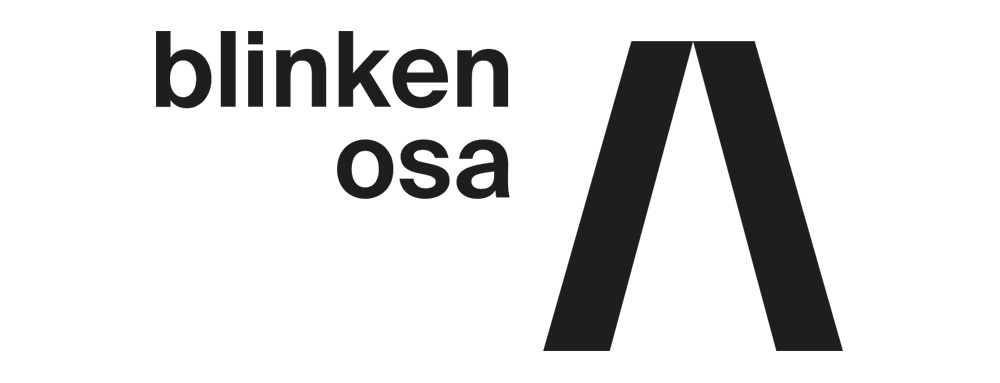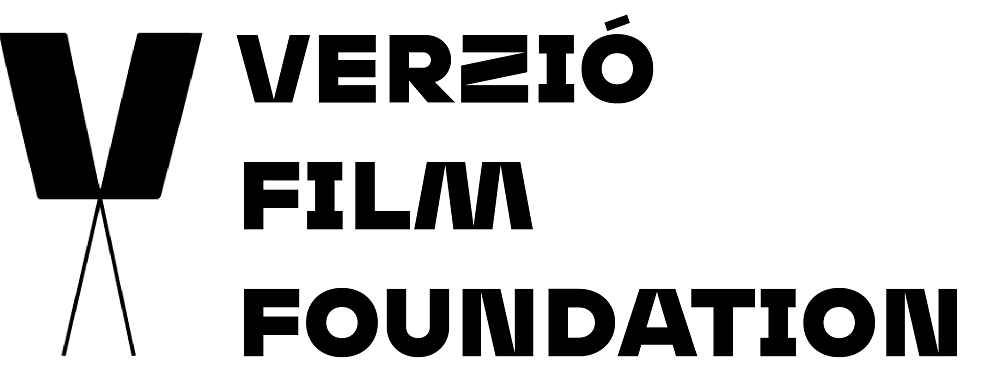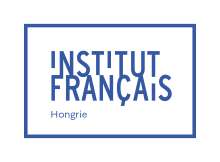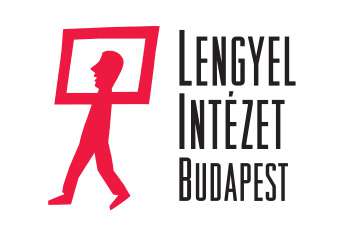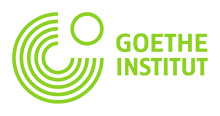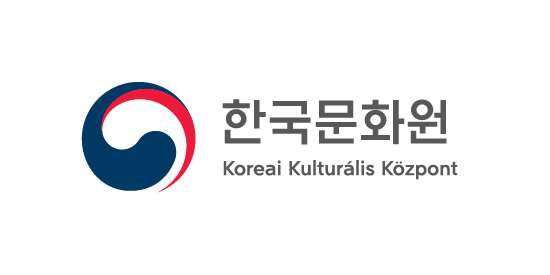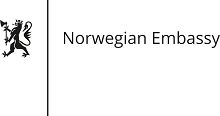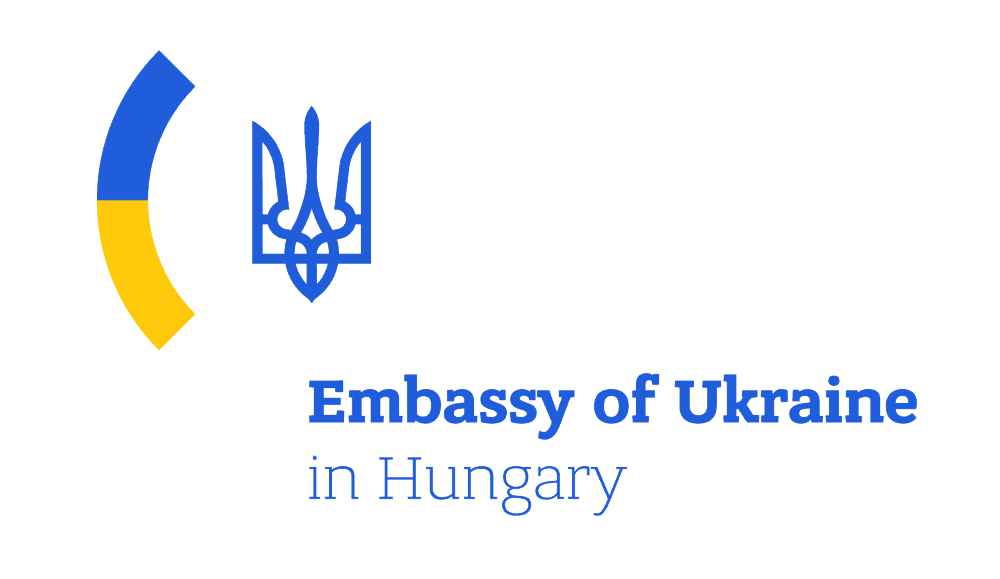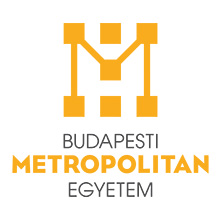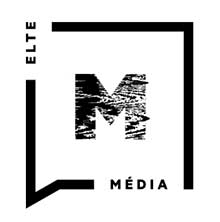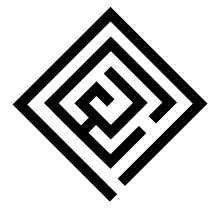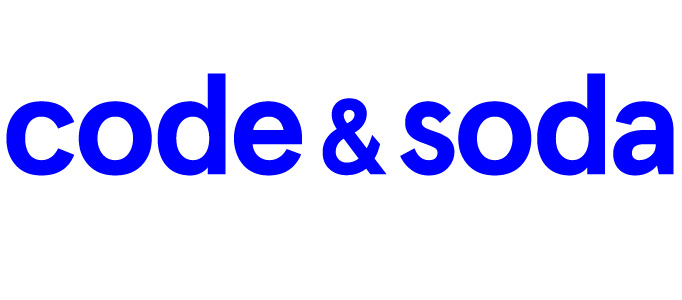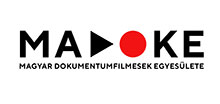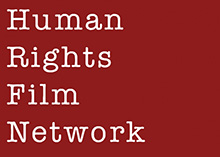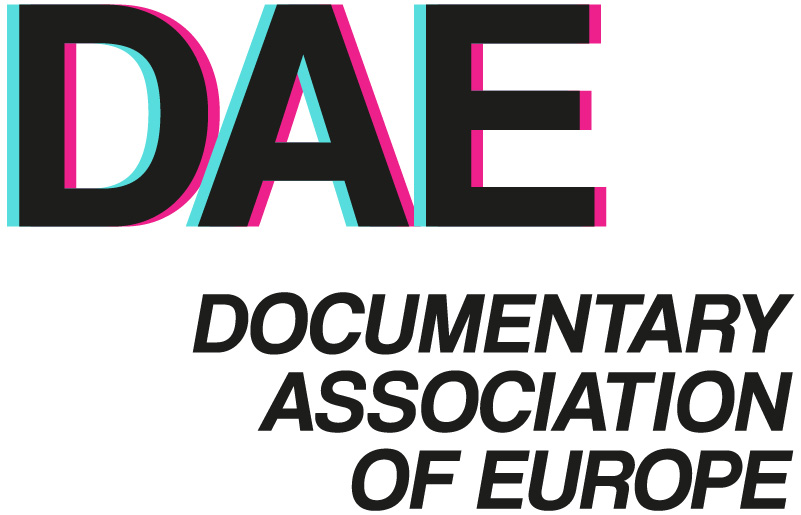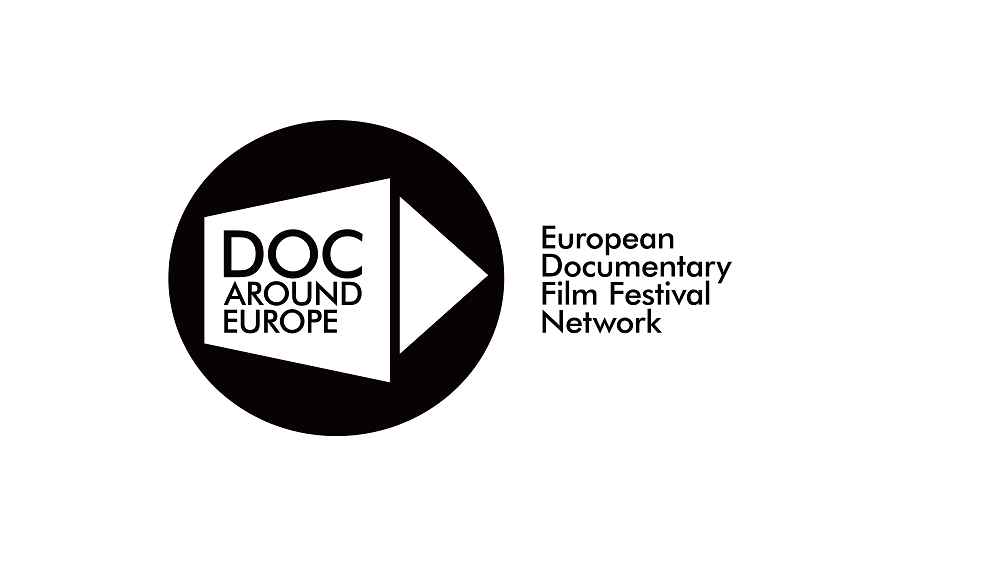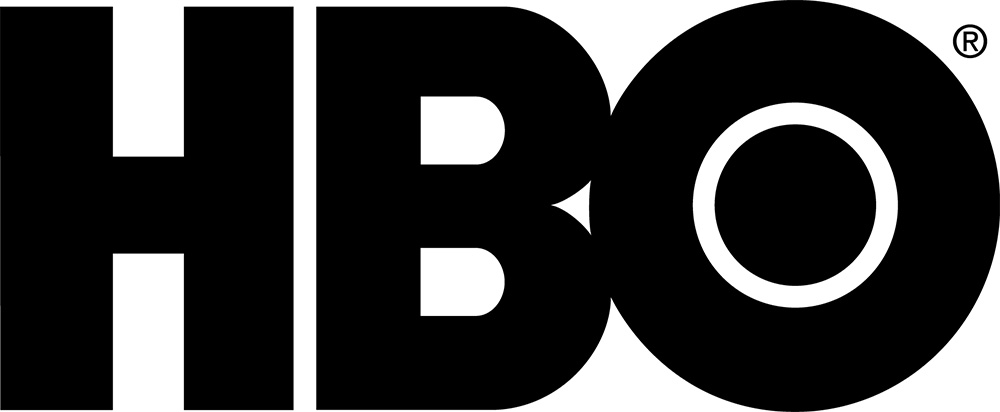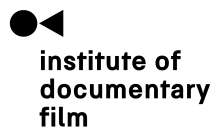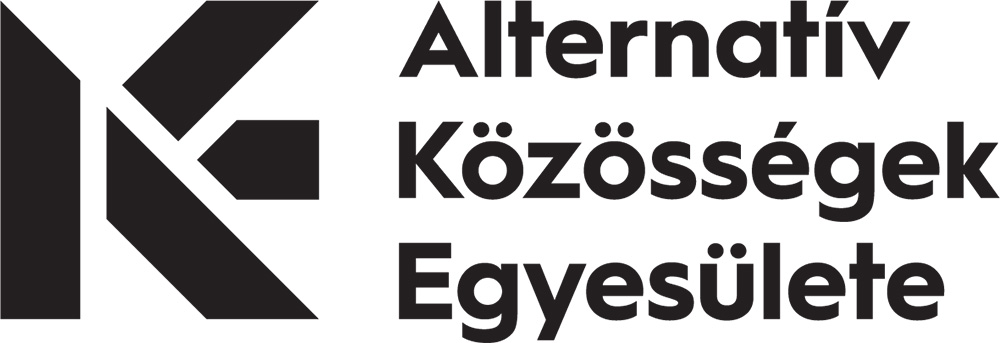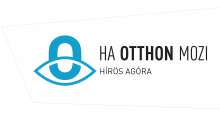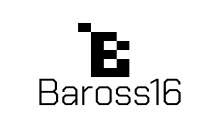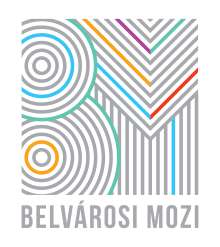This little girl never gives me a moment’s peace – Ruth Beckermann 70

1. “Don’t urge me to leave you or to turn back from you. Where you go I will go, and where you stay I will stay.” [1]
2. The flâneuse is the storyteller. She goes after images; she stays where they speak to her. She isn’t merely travelling, she is circulating to regularly pass by familiar faces and places, to return to and recognise sights, to reveal structures, to bring the intricacy of small streets and cross-continental railways to the surface, to understand and fabricate the stories of fellow strollers. The flâneuse is a witness. Her camera perceives and registers disputes, conflicts, and urban moments. She chooses what’s worth a testimony. The flâneuse re-enacts. She restores dissolved routes; she follows the paths of ancestors and past flâneuses. The flâneuse is a guardian. She respects the absence, the negative, the missing image, the hidden. She doesn’t fill empty spaces with data. The flâneuse is a flâneuse. She doesn’t need her camera to go for a walk. She can live without film.
3. The flâneuse is Ruth Beckermann. She walks the world, New York City, oriental coffee houses occupied by men and Marc Aurel-Straße.
4. “People always talk about Jewish history, but does anyone have anything to say about her form? What about the form?” [2]
5. Ruth Beckermann is a Jewish filmmaker. She films the waiting, the exile, the wandering, the homelessness, the deprivation, the absence. Jewishness is Leopoldstadt, Prater, Mazzesinsel, rain, fog, communism, constantly having to explain and excuse oneself. But it’s also Granada, Seville, Morocco, magic, the belief in a bridge made of cigarette paper, wealth and hospitality, sweet dates and oranges, rite, elegance and sensuality. The gestures, the suits, the lips, the robustness, the dark, sunburnt beauty of her father. It’s Israel: dream, free people, new people on ancient land, no more ridicule, no misery, no shame, no fear of one’s neighbours. While there are other neighbours, who are oppressed, hungry and violent, with a wall filling their horizon.
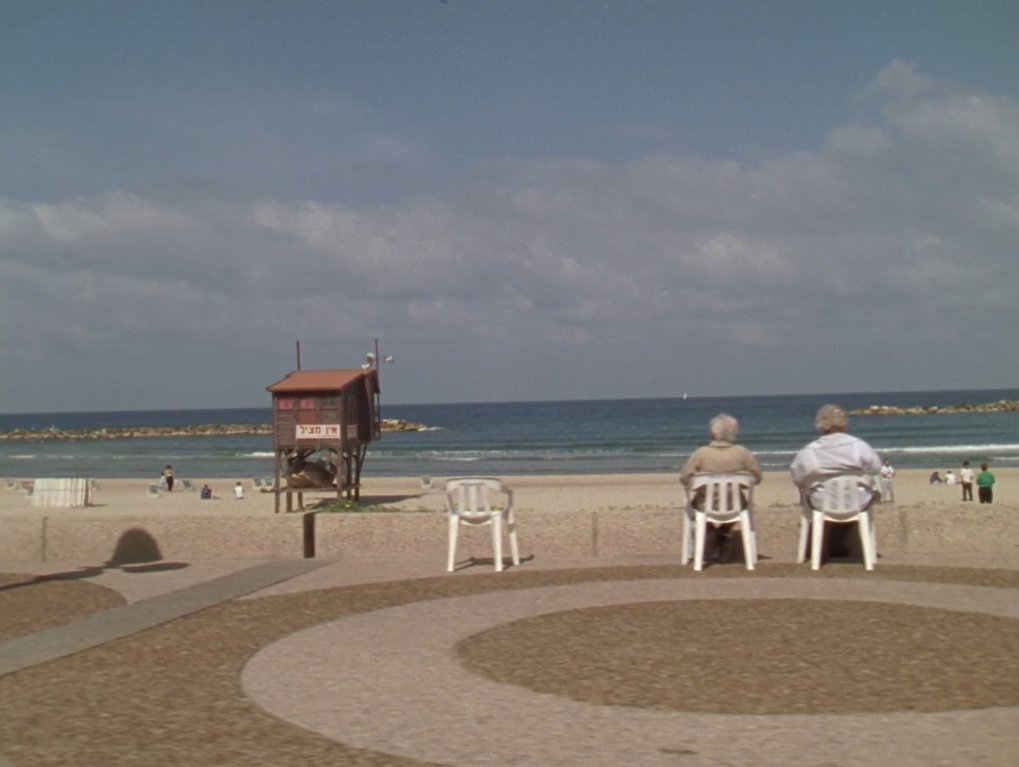 Nach Jerusalem
Nach Jerusalem
6. Ruth Beckermann is an informal filmmaker. She is relaxed. If a friend walks into the frame, she greets her and sets up a date to reconnect later. She approaches curiously, asking questions like “Why?”, “Why not?” or “What does the prick do in the cunt?”.
7. Ruth Beckermann is a formal filmmaker. The form of the film falls into place between the poles of her aspirations: to undertake a short journey with a small camera and a long journey with a large camera. The preoccupation with the self in public spaces, in the coffee house, in the museum, on the tram. The preoccupation with collective memory alone in the fog. The solitary investigation of a public figure’s route to privacy, or collective participation in public conflicts, on the street, in the museum, or on the film set. These praxes produce different images and montages.
8. There are sequences of distraction: by focusing on the reflection in the window or the vitrine, she stops the viewer’s gaze from penetrating the surface; she shows the fog around the Danube, the opaque air of the Middle East – where sand adheres to moisture. There are sequences of clarity: she films words of love, sex and introspection in spacious halls, using static shots, bringing longer distances into focus. There are sequences of motion set to Sissi’s rhythm or the tumultuous traffic in Israel. There are sequences of wilful immobility, venerating those who stay here, steadfast in solidarity and resistance. There is impatience; Beckermann appears, and is off again. There are polemics; when someone speaks to her camera, the frame is always large enough for another person to enter and start a debate.
9. She makes films like Menschen am Sonntag. Whole films feel like a Sunday afternoon. Or Saturday, for that matter. The day is coffee, newspaper, an aimless conversation, a tram ride, a walk in the park, singing, writing, clothing, sex, and divine idleness.
10. Beckermann looks for utopia, alternative life, and self-administration, for communities that possess their time and space. Together with Josef Aichholzer and Franz Grafl, she conveys that in Arena besetzt (1977), filming the movement that resisted the demolition of a slaughterhouse, and squatting in the buildings, where the Wiener Festwochen had taken place.
11. It’s like the militant films of its time, Heiny Srour’s The Hour of Liberation Has Arrived (1974) or Med Hondo’s Polisario, un people en armes (1978). It depicts struggle, but also the beauty, freshness and autonomy of the life, education, organisation and art that take shape at the same time. Life can develop at all levels.
12. It’s like a militant film from fifteen years later. Preceding Videogramme einer Revolution (1992) by Harun Farocki and Andrei Ujica, Arena besetzt uses sound where there is no image, and is divided into chapters to allow a clear, chronological scanning of fragmentary, disobedient footage.
13. A similar analytical precision marks Auf amol a Streik (1978), a film Beckermann co-directed with Aichholzer about the longest post-war strike in the Semperit tire factory in Traiskirchen. Beckermann narrates on specific changes in the production of tires to illuminate the employer’s excuses for underpaid labour. How things are made matters. Beckermann’s films oppose generalisation, synchronisation and vagueness.
14. There is the event and there is its mediatisation. Investigating the coverage of the strike, Auf amol a Streik, again, forms a dialectic with Farocki.
15. “In capitalism, time is divided into two: labour time and leisure time. Both are ruled to be private. Labour time is private, since it is under the rule of private contracts assumed under the dominion and through the mediation of the market which is – besides Öffentlichkeit and voluntary associations – the main component of ‘civil society’ as opposed to the state, which is virtually synonymous with ‘the public’ – but so is leisure time where the producer who has ended her work is celebrating her Feierabend as a consumer, a person at rest or play, a householder, parent, a sexual partner or as a person out of her mind: asleep. When and where does a proletarian enter the public sphere? The public sphere – politics, law (legislation and jurisprudence, natural rights and the constitution), morals – appears to the proletarian as an abstraction outside her time, which is completely filled with ‘the private’ (…).” [3]
16. In Beckermann’s first three films, to strike (or to squat) is to seize the day, to put an end to the separation and take hold of one’s time, to stay and sit together in public space, to collectively broaden each other’s imagination.
17. Their political vigour does not yield. Der Hammer steht auf der Wies'n da draußen (1981) is an act of agitation, an adherence to the demonstrating workers of Judenburg who were threatened by the steel crisis. It was shaped by the same spirit, the same longing for autonomy. As Siegfried Mattl writes, “the goal is, with the help of the camera to create a social area.” [4]
18. The film gives voice to housewives and a doctor. They demonstrate. The directors understand that the struggle of factory workers must be inherently linked to the struggle of every kind of worker. One doesn’t have to be a builder or a reaper to proudly or desperately sing that Wir sind die Arbeiter von Wien.
19. Of course, this is a document from 1981, not 1919. The demonstrators induce negotiations, not a revolution. The demands are mild. The workers accept the promises and are soon left with nothing. Beckermann – together with Aichholzer and Michael Stejskal – films demolition and bleak landscapes. The beauty of the act, the pale beauty of the 16mm material remains.
20. “– Does the artistic confrontation with being Jewish and the break with the Left coincide? – Yes.” [5]
21. Communism is liberation from otherness. When Déry Tibor recalls the winter of 1944-1945 in Ítélet nincs, he indicates that his mother is hiding as a Jew and he is hiding as a resistance fighter. Franz West (Weintraub) – illegal communist, politician, journalist, researcher – whose life and milieu are explored by Aichholzer and Beckermann in Wien Retour (1983), describes his prosecution as a political atrocity, not as an ethnic one. Wien Retour ends with West recounting his family history as Jewish history.
22. The leftist tendency to equate the oppression and militant violence committed by Israel with Nazism is sinister. For Ruth Beckermann, it was sinister in the 1980s. Today, some refuse to denounce the anti-Semitism at documenta fifteen. Today, criticising Israel as a rabbi is putting one’s job at risk, in Hungary at least.
23. Anti-Semitism is targeted against a behavioural typology, against intellect, against modernism, against universalism, against the Left.
24. Wien Retour preserves and arranges archival documents of Red Vienna, proletarian pride, a vivid Mazzesinsel, athleticism, blissful youth and fear. It’s a work of ‘mixed media’, but the most striking aspect of the mixture isn’t some old photograph. The final story of Franz West doesn’t come directly from him. He sits there, and instead of talking, plays a tape of his own voice, which he recorded earlier. He doesn’t need the filmmakers to archive him. There is a dignity to his rehearsal: he doesn’t want to be ‘spontaneous’ in such a recollection. He wants to be articulate and exact.
25. It’s one of the rare films, in which Ruth Beckermann’s body almost fully appears. She leans forward in the armchair. Her stature as an interviewer greatly differs from the well-fed, tender, sleepy Chantal Akerman in Dis-moi (1980). She is exhaustively present, tense, almost spastic by the extent of her attention.
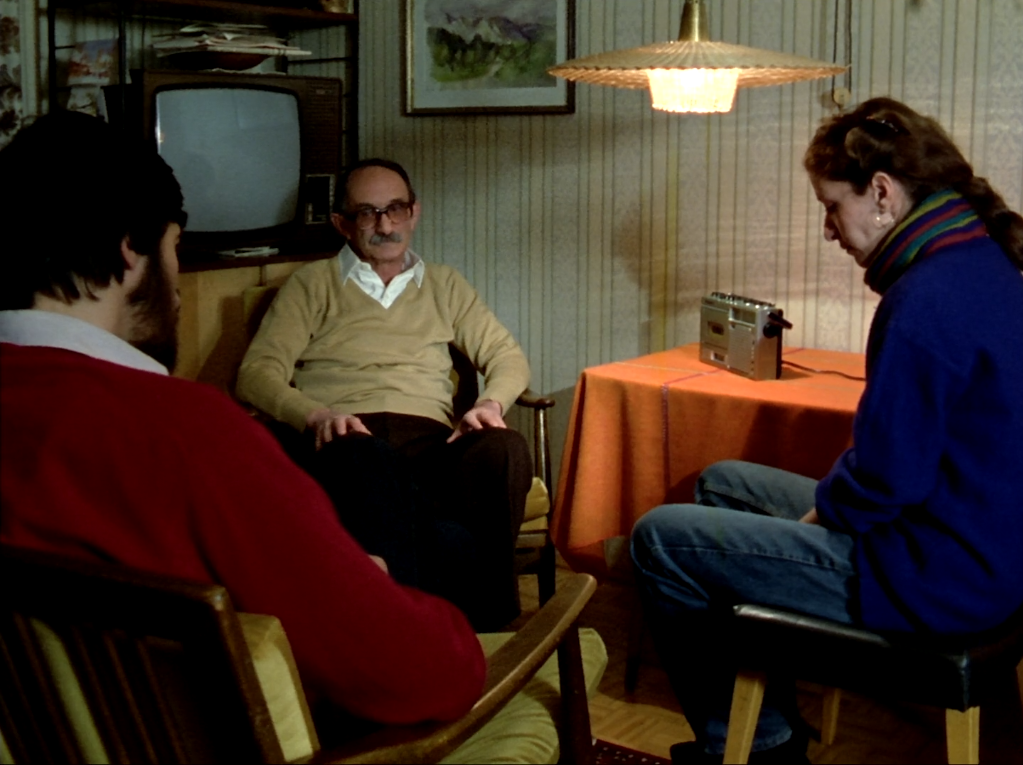 Wien Retour
Wien Retour
26. Another formal aspect to consider: the composition, recording and editing of interviews. Sometimes it’s durational, based on research, while other times, as she says, it’s like a one-night-stand: it’s intensive, and then you’re off.
27. There is an archival photo in Wien Retour of two boys holding a banner. “Fascism never scores a goal in red Vienna. Footballers of the working-class guarantee that.”
28. A film of heart-breaking promises. It ends with the darkest, most heart-breaking tracking shots in the oeuvre.
29. Beckermann is like Marguerite Duras. She understands the beauty and mournfulness of dawn and dusk, of dim greys, of images rushing by.
30. The title of Die papierene Brücke (1987) refers to a dream. A dream of people, who, despite already having an iron bridge, imagine a bridge made of cigarette paper. The proud and the doubtful would laugh, and go on using the iron bridge. They would use it until it collapsed and they drowned, while those, who are unafraid, would cross over the paper bridge into the life beyond.
31. Why are we attracted to sounds, images, and landscapes? Why do we want to travel? This is a film about the origins of desire. “I am being filmed for posterity”, says Herbert Gropper – a character Beckermann encounters – in the Jewish cemetery of Suceava, in Bukovina. This is a film about the life beyond. The compositions and montage bear witness to a filmmaker who knows how to depict work and motion. The processes of chopping wood, lighting the menorah, and plucking hens are shown in their entirety, unedited, in the dim luminosity of winter. This is a film about the here and now. It’s a film of recollections. It’s about the past, of course. It’s about resisting oblivion and the passage of time. Rezistență în timp, Herbert Gropper says in Romanian.
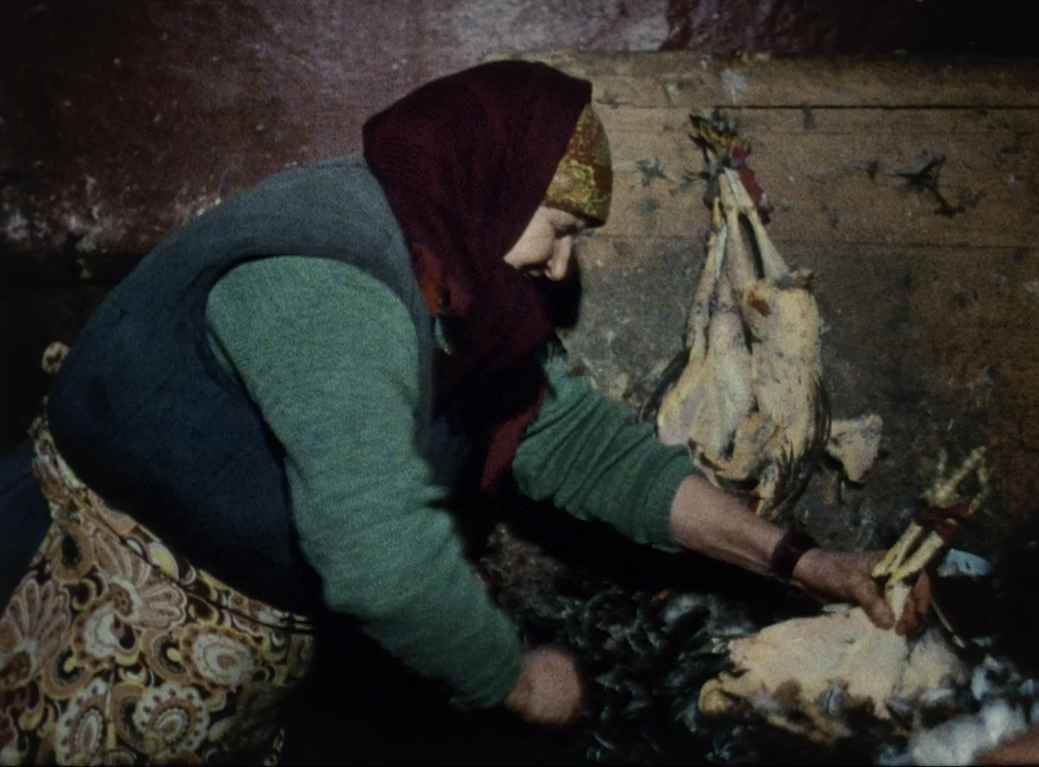 Die papierene Brücke
Die papierene Brücke
32. Die papierene Brücke is about Beckermann’s family history, her parents, the last Jews of Bukovina, assimilation, invisibility, belonging, otherness, the here and there, familiarity and foreignness, exclusion, displacement, language, type-casting, a television film featuring Viennese Jews as extras, coffee houses, Viennese anti-Semites, the Waldheim era, and violence carried out in the shadow of Stephanskirche. It’s about the meticulousness of work, textiles, and the careful wrapping and arrangement of suits. It’s about Beckermann as Vatertochter. It’s a palette of the most beautiful colours. It’s a speech act, an intense incantation. It’s tracking shots on the road, stills in places of sanctity, and unruly evidence in moments of political menace. Like most of Beckermann’s films, it defies the linearity of history, and it has immediacy.
33. Beckermann is like Max Ophüls. She knows the value and meaning of fine threads, of the experiences a richly woven textile can preserve and carry.
34. She is a self-reflective filmmaker, in personal, political, and cinematic terms. In Die papierene Brücke, a Hungarian radio show gives away the location. In Nach Jerusalem (1990), one hears the radio advertising Schweppes to the Palestinian population during Ramadan. Beckermann, of course, is preoccupied with politics, co-existence, land, discrimination, and life stories. Her exploration of these themes through the interrogation of language, images, media, and representation, however, is less commonly discussed. She films postcards. She films other people filming. For whose eyes and ears are the images and sounds designed? In Nach Jerusalem, an audience goes to see Woody Allen’s Crimes and Misdemeanors (1989), a film about an eye surgeon and a blind rabbi, with Hebrew and French subtitles. Later in Beckermann's film, two white ladies mock an Ethiopian woman because she doesn’t speak any language but her mother tongue. She cannot understand the radio, movies, or public announcement heralding the exact beginning of Shabbat.
35. A political film for Sunday afternoon, but a little too much driving for Saturday. Nach Jerusalem is full of masks, customs, children, dancing, eating, and praying. It has a sense of community and isolation.
36. Counter-representation is fundamental for Beckermann. Wien Retour is counter-representation. Vernichtungskrieg. Verbrechen der Wehrmacht 1941 bis 1944, the exhibition of the atrocities committed by the Wehrmacht was a counter-representation by the Hamburger Instituts für Sozialforschung. Jenseits des Krieges (1996) takes place at the exhibition in Vienna, and both prompts and documents the reactions of visitors, most of whom are former soldiers.
37. Beckermann is like Alain Resnais. She records the pain of irreversibility, of forced forgetting, of uncertain familiarity, of homesickness.
38. The frame is always large enough for another person to enter and start a debate. The camera catalyses this reaction. Visitors want their counter-narrative preserved. Ruth Beckermann interacts, the camera is not a cloak of invisibility.
39. Beckermann is like Harun Farocki. She deconstructs behaviours, memories and performances into their constituent parts. She doesn’t use many close-ups: in wider compositions, she can record the signs of anxiety and exhibitionism, the tics and mannerisms, the imprints of what it’s like to be in front of her camera.
40. “Always the same story: They saw nothing, they heard nothing. War is war, and war is terrible. What attracts the old people to this exhibit? How erotic is their relationship to these pictures? It is for sure an intimate relationship, which has the appeal of the forbidden, and therefore does not wear off. What kind of fathers were they? What did they pass on to their sons? A woman says: “Slander… My husband was also in the war and he is not a criminal… It is well known that the SS dressed in Wehrmacht uniforms…” One day they will want to make us believe that the soldiers were actually Jews in disguise wanting to exterminate the German people.” [6] This actually happened and was filmed in Die papierene Brücke.
41. Sometimes one just shrugs his shoulders and walks away.
42. Ein flüchtliger Zug nach dem Orient (1999) offers absorbing landscapes that protect public figures from the public, from being a mere persona. They dissolve the mask, like the mask of Sissi, who, from the age of 31, refused to be photographed. Marie Kreutzer’s Corsage (2022) is an entertaining account of someone who hides behind representation, substitutes, and impersonators. Ein flüchtliger Zug nach dem Orient is about putting an end to representation. There are images, says Serge Daney, which only exist to make others unimaginable. Ein flüchtliger Zug nach dem Orient is the most direct, most thematic engagement with the motif of seeing and being seen, and was shot in a country where women can barely see or be seen in public spaces.
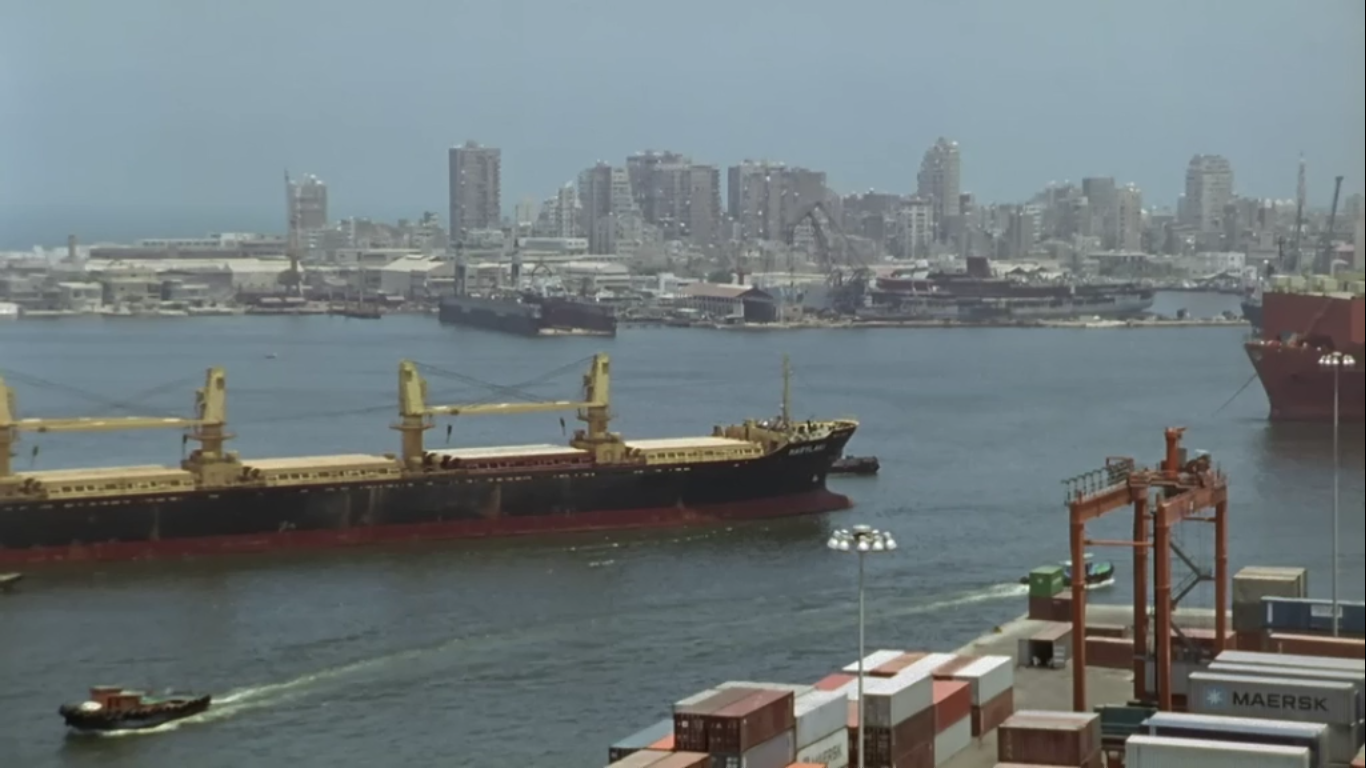 Ein flüchtliger Zug nach dem Orient
Ein flüchtliger Zug nach dem Orient
43. Thus, it only makes sense that she constantly films television sets. Coffee houses and streets are dominated by men and the apparatus.
44. Homemad(e) is a film mit uns Deppert’n dabei. Beckermann films language, dialects. It’s a film about Marc Aurel-Straße, about the friendship between us and the Arabs. The Arab is a Persian. Beckermann films what’s at hand.
45. The Vienna Ruth Beckermann first created for herself had only existed in literature, in the works of Arthur Schnitzler and Joseph Roth. She later created another version that existed in her films. It’s a city threatened by its past and present, which resists through a belief in autonomy, civilisation, debate between equal bourgeois, and urban existence. It’s a city where one sits in a public space to plan their private schedule. This means performance: the way one acts in a coffee house should be good enough for Max Reinhardt.
46. Beckermann is like Martin Scorsese. She knows her neighbourhood. Hers is the voice of authority and confession on the soundtrack.
47. Already in 2001, Homemad(e) spoke of the past, of grief. Now, the first district is even more of a golden arm rusted from the elbow to the finger. It’s inhabited by misery, sickly vagabonds with swollen ankles, money, colleagues of Ines from Maren Ade’s Toni Erdmann (2016), policemen and doves on edge, voluntary intoxication, racist Würstel-dealers who hate Döner-dealers, and Döner-dealers who cheat with the change. In Homemad(e) there is jovial wit in the incorrect banter of warm, old men. Now there are cold, young men. They are so correct that one may not recognise their racism.
48. Does a film by Ruth Beckermann make me feel a longing for the time of the Schwarz-blaue coalition?
49. When Ruth Beckermann looks at her films, she sees dead people everywhere. Her father, Herr Doft and Elfriede Gerstl didn’t have to live and see terrorism from up-close again.
50. Beckermann is like John Ford. Her oeuvre is cross-indexed by the regular presence of the community around which her films take shape, and vice-versa. We can see Herr Doft aging, like Henry Fonda. We can see the evolution of Nurith Aviv’s eyesight, like Bert Glennon’s. Her images display histories of civilization and, occasionally, the politics of American landscapes.
51. As far as documentaries on filmmakers are concerned, the Austrian master of the genre is surely Martina Kudláček. However, Beckermann also documented a peculiar colleague, André Wanne, one of the protagonists in Zorros Bar Mizwa (2006). The film follows the bar and bat mitzvahs of four youngsters in Vienna. Wanne specialises in making “feature-film-like” [7] clips of bar mitzvahs, weddings and circumcisions. He has the final cut. The film introduces the diversity of Vienna’s Jewish communities. Wanne loves the Sephardim the most, their exuberance allows his carnivalesque vision to unfold. Sharon, a Georgian-Jewish boy, dressed as Zorro, hero of the indigenous, squats in the garden of the Habsburg on the very white horse of aristocracy. Sharon wanted to play the part for another reason, which he could have explained in a later Beckermann film, Mutzenbacher (2022). [8] Wanne stages and captures the action nonetheless. Wanne didn’t have a bar mitzva himself. He is a bit like Jane Austen’s Emma, the talented matchmaker who is having trouble getting married. They share a sense for comedy, but he seems kinder. Zorros Bar Mizwa is light-hearted: there are only hints at discrimination within the Jewish communities. These hints are all over the oeuvre, from Die papierene Brücke through Nach Jerusalem to Zorros Bar Mizwa. Maybe there is a film to come.
52. Beckermann is like Jean Renoir. She interrogates the rules of spare time, sex, multi-ethnic coexistence, of those who have and have not, of prayers, balls and weddings.
53. Like so many of her films, Zorros Bar Mizwa is about events, rites, learning, the cracks in scheduled boredom where the light gets in. As the title suggests, it’s also about customs. Beckermann’s style is as far from the fancy, tactile filmmaking of today as it gets. The mother of ‘Zorro’ touching the various glittery fabrics with her artificial nail is one of the rare moments of such pleasure.
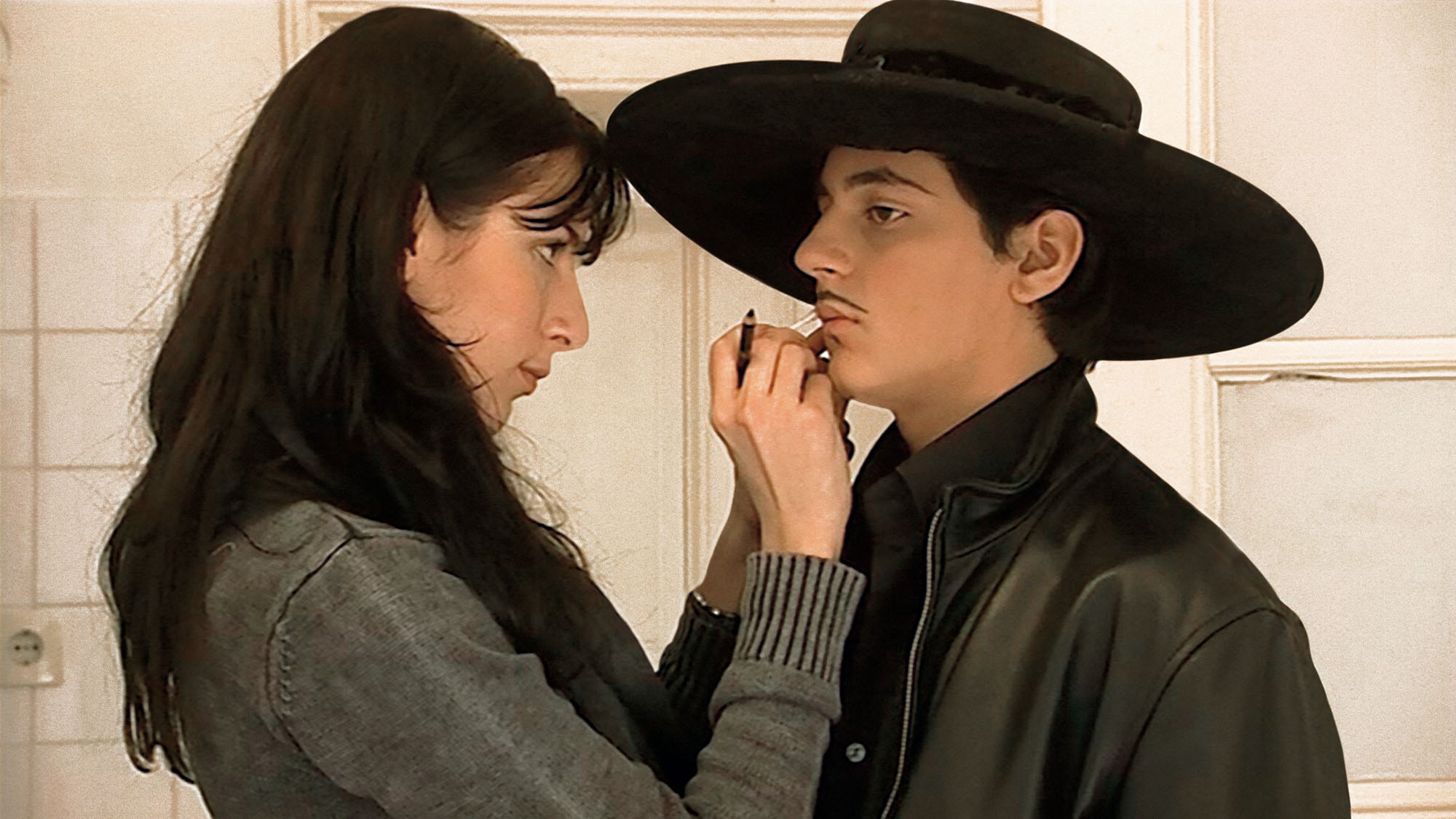 Zorros Bar Mizwa
Zorros Bar Mizwa
54. To put an end to the separation. The promise of Barack Obama. American Passages (2011) is Beckermann’s most inclusive film in the sense that while there is a particular context, no apparent agenda defines who gets to speak to the camera. There is political imagery, depiction of vagabonds surviving outside of well-meaning politics’ radius of action, but she also retains personal conflicts and, goes without saying, a lot of performative arts.
55. Of course, Ruth Beckermann had to make a road movie about America. She appreciates their cars a lot.
56. In Those Who Go Those Who Stay (2013) Beckermann follows a ball of yarn. Ariadne’s thread. She lets herself loose, she is alone with the apparatus. It’s about the pleasure and relevance of unexpected realisations. The application of Cage-like ‘chance’ in documentary praxes underscores the film. We see her drive, like the photographer in Abbas Kiarostami’s Ten (2002). Then she cites him again: people climb a mountain in a monumental zigzag. Beloved and fearful ghosts appear: textiles and Elfriede Gerstl return to the frame, FPÖ voters return to Stephansplatz.
57. A title to encapsulate a filmography of squatters and strollers.
58. “For all of John Cassavetes’s concern with acting, this 1977 film is the only one of his features that takes it on as a subject” – writes Jonathan Rosenbaum about Opening Night (1977). By now, Beckermann, a filmmaker of the same obsession, has already taken on the subject in two films. Die Geträumten (2016) and Mutzenbacher should be screened together. They are both primarily about performance, they show the constituent parts of an actor’s work and construction.
59. The authors of the texts in Die Geträumten are known. The authors are Ingeborg Bachmann and Paul Celan. The texts narrate love. The actors are professional. Beckermann uses many close-ups, and since the actors are experienced, there might not be a lot of tics and mannerisms that give away what it’s like to be in front of her camera. Die Geträumten stages the contemporary interpretation of private documents of ‘high culture’ and is a document of reading aloud. Die Geträumten is about two men and two women.
60. She has to excavate and look at her own footage from time to time to resist oblivion. Waldheims Walzer is not a stroller’s film, there is no intricate thread to follow. Beckermann only retains the clear, headstrong, succinct thread of truth. Waldheim was A) a nazi, B) a liar, and C) present at places, where war crimes were committed. He appears at a Jewish requiescat bareheaded. His lanky, dark silhouette towers over the rabbi like a mosquito.
61. The hands of Kurt Waldheim caught the eye of Ruth Beckermann and even French television. Hands of figurative and literal guilt.
62. The author of the texts in Mutzenbacher is unknown. The texts narrate sex and male desire. The actors are not professionals. Beckermann doesn’t use many close-ups: in wider compositions, she can record the signs of anxiety and exhibitionism, the tics and mannerisms, the imprints of what it’s like to be in front of her camera. Mutzenbacher stages the contemporary interpretation of a public document of ‘low culture’ and is a document of reading aloud. Mutzenbacher is about a lot of men, one fictional woman and Ruth Beckermann. For a while, she seems to have acquired the ‘Voice of God’ from decades of male documentary narrators, or more specifically the “Voice of Conductor’, from Martin Scorsese in Bringing out the Dead (1999). Then, partly to become equal to one of the actors, and partly to put the last nail in his coffin, she becomes a reader herself. She can freeze the air, and she can create the warmest environment that values honesty and reflection. She causes fear, laughter and involuntary slips.
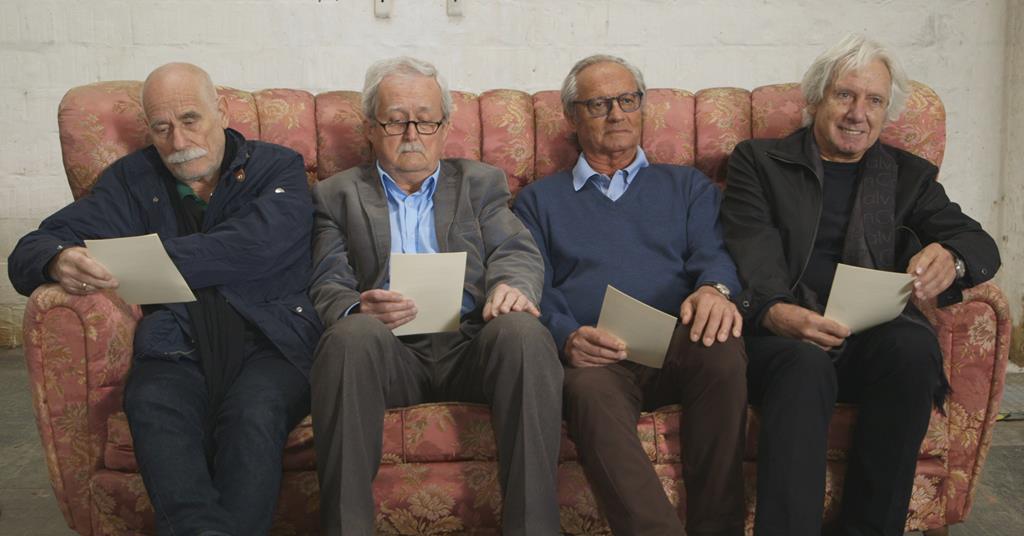 Mutzenbacher
Mutzenbacher
63. What does the prick do in the cunt? The answer provides incorrect and linguistic pleasures. Beckermann films language, dialects.
64. Beckermann is a female filmmaker. She doesn’t bring this forward in the films a lot, but the men are looking at her camera differently. In Egypt, in Romania, in the US, in Vienna. The wonderful Herr Doft says ‘Ruthie’. She writes with rich insight about ‘women in the city’ and the flâneuse. “A woman in public sphere is a public woman. (…) The woman’s movement is always suspicious, whether it’s actual motion or intellectual movement.” [9]
65. Beckermann is a witty, sharp, unpleasant filmmaker, who effortlessly misleads her subjects. “This little girl never gives me a moment’s peace”, says Herbert Gropper in Die papierene Brücke with laughter. If she invites you to a casting, you might end up in the shooting.
66. Beckermann is an honest, transparent, outspoken filmmaker, who doesn’t spare herself either. She interacts, the camera is not a cloak of invisibility. She engages in debates and reads the text herself.
67. Mozart Enigma and Jackson/Marker 4AM I haven’t seen, but it seems they deal with politics, clothing, postcards, public personas and performance.
68. She writes and makes installations. She was a photographer, but for her the medium is analogue.
69. “I have seen the land of fog./I have eaten the heart of fog.” [10]
70. “No one/bears witness for the/witness.” [11]
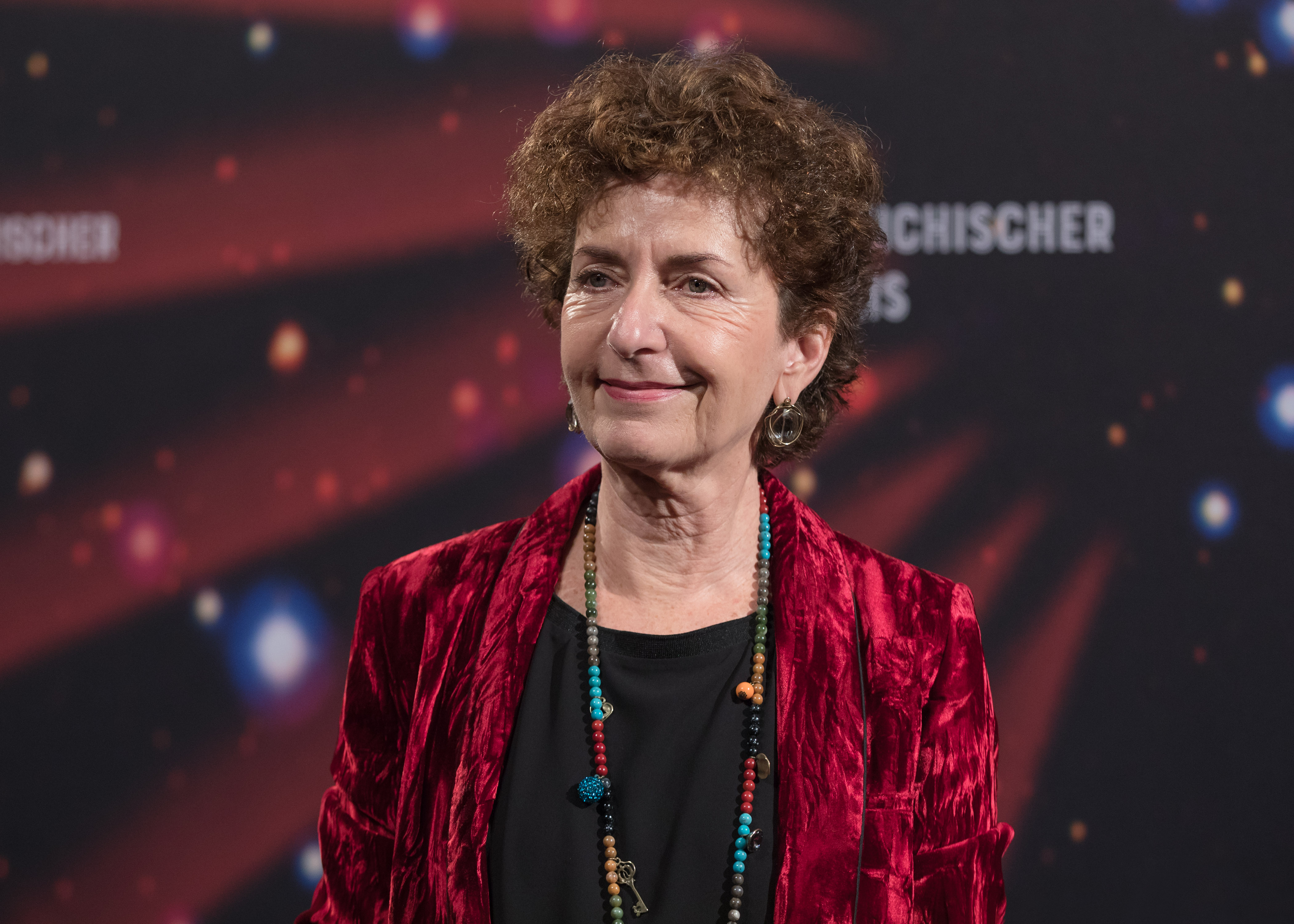
Grateful thanks to Andrew Christopher Green, Ronny Günl, Patrick Holzapfel, Eszter Kondor, Lisa Nóvé and the Österreichisches Filmmuseum.
Petri-Lukács Simon
[1] Ruth 1:16
[2] A friend in Café Prückel over goulash.
[3] Tamás Gáspár Miklós: Communism on the Ruins of Socialism. https://merce.hu/tgm70/communism-on-the-ruins-of-socialism/
[4] Siegfried Mattl: Work in Motion. (Translated by Samia Geldner.) https://www.ruthbeckermann.com/en/publications/texts/work-in-motion/
[5] Alexander Horwath, Michael Omasta: Wir reden von einem Kino, das es fast schon nicht mehr gibt. Ruth Beckermann im Gespräch. In: Ruth Beckermann published by the Österreichisches Filmmuseum. https://www.filmmuseum.at/en/shop/shop_detail?shop_produkte_id=1476222805914
[6] Ruth Beckermann: East of War. Shooting Journal. https://www.ruthbeckermann.com/en/publications/texts/east-of-war/
[7] Paulus Hochgatterer: A Way of Untying the Knot. (Translated by Monika Nowotny.) https://www.ruthbeckermann.com/en/publications/texts/a-way-of-untying-the-knot/
[8] Since Mutzenbacher teaches men to be honest, I admit that Sharon’s favourite scene from The Mask of Zorro (1998) also made an impression on me as a child.
[9] Ruth Beckermann: Die Flaneurin. In: Ruth Beckermann published by the Österreichisches Filmmuseum.
[10]Ingeborg Bachmann: Land of Fog. (Translated by Paul Archer.)
[11] Paul Celan: Ashglory. (Translated by Pierre Joris.)
